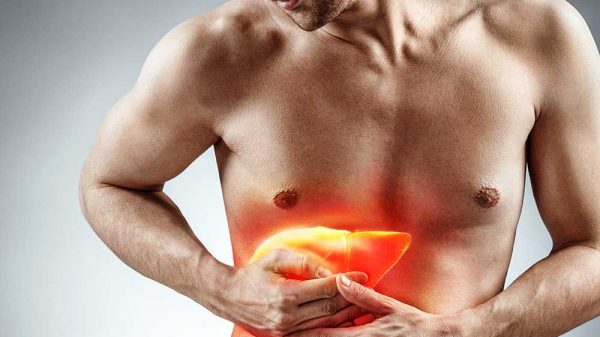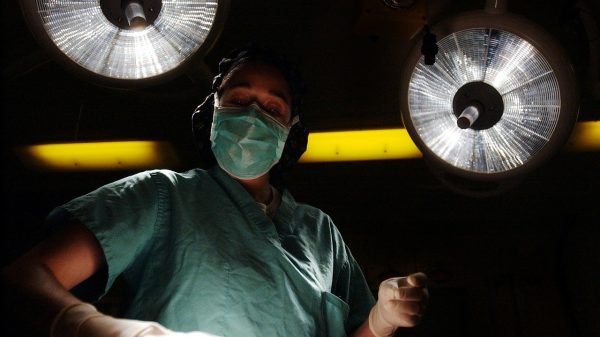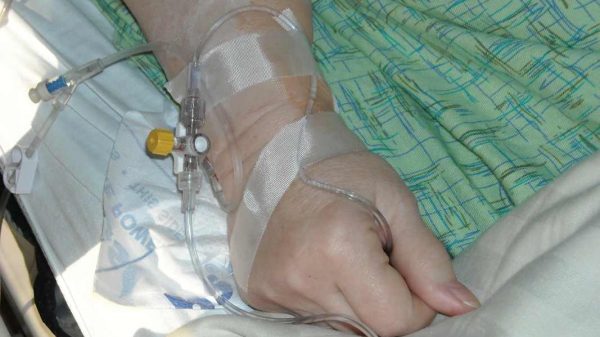One of the vital organs in the body is the liver. Structures that surround the liver are the common hepatic duct, bile duct, and the cystic ducts. These different ducts have different roles to play in the liver. A problem with any of the ducts would lead to a condition in the body. Well, for today we will just be taking a look at a condition wherein there is damage to the bile ducts. This is known as primary biliary cirrhosis. The bile duct is responsible for carrying bile away from the liver into the small intestine. This automatically means that a problem with the bile duct leads to the accumulation of bile. So here’s the question, is this condition severe? What is primary bile cirrhosis life expectancy?
Let’s take a quick look at the function of bile in the body. Bile is known to be a digestive fluid. It helps with the breaking down of fat. And it also aids in the absorption of some vitamins in the body, especially the fat-soluble ones. When there’s a problem with the duct that transmits this substance there is an accumulation of bile in the liver. And this causes damage to the liver. When this happens it leads to cirrhosis and scarring of the liver. So let’s take a look at what this condition is all about.
Causes and Symptoms
Primary biliary cirrhosis is an autoimmune disease. Autoimmune diseases are diseases wherein the immune system of the body attacks the cells in the body. So the body mistakes the tissues to be foreign and sends killer T cells to destroy them.
The exact cause of the attack on the immune system isn’t fully understood by doctors. There are chances that it’s because of genetics. Another possible cause is the environment.
It is believed that women are more likely to develop this condition. That’s because about 90% of the patients with this condition are women.
There are risk factors that increase the risk of a person having this condition. And they are:
- Smoking
- Being between the ages of 30-60
- Having family members with this condition
- Being exposed to some chemicals
People that have this condition might not present with symptoms for up to 10 years. That’s because this condition develops slowly. But when the symptoms start these are some of the symptoms:
- Itchy skin
- Fatigue
- Belly pain
- Nausea
- Darkening of the skin
- Weight loss
- Appetite loss
- Dry mouth and eyes
- Muscle and joint pain
- Yellowing of the eyes and skin
- The buildup of fluid in the belly
- Diarrhea
- Swelling of the ankles and legs
- Fractures
This condition can cause progressive damage to the liver. When bile begins to buildup in the liver then scarring would occur. But that’s not all. It would also affect other nearby organs just like your gallbladder and spleen.
When there is an accumulation of bile in the liver than less bile is available for digestion. And this can cause reduced absorption of nutrients from the food we eat.
Certain complications can arise from this condition. And they are:
- Enlarged spleen
- High cholesterol levels
- Gallstones
- Osteoporosis
- Liver failure
- Vitamin deficiencies
- Cirrhosis

Stages of This Condition
There are 4 different stages of this condition. And they are based on the damage done to the liver. Let’s take a look at the different stages.
- Stage 1: The walls of the medium-sized bile ducts are damaged. Then there’s inflammation.
- Stage 2: There is a blockage of small bile ducts.
- Stage 3: It is at this stage that scarring begins.
- Stage 4: At this stage, there is already cirrhosis. The scarring done to the liver is permanent.
Primary Biliary Cirrhosis Life Expectancy
This condition can’t be cured but is controllable. If proper treatment methods are used then patients with primary biliary cirrhosis life expectancy would increase. At the same time, different factors would affect the life expectancy of a person with this condition.
For an asymptomatic person with primary biliary cirrhosis life expectancy is about 16 years. And for patients that present with symptoms, the life expectancy is about 7½ years.
Treatment Options
As mentioned before, there is no cure for this condition. The only thing that can be done is that the symptoms would be reduced. And also there would be the prevention of further damage to the liver. Let’s take a look at some of the treatment options available.
- Ursodeoxycholic acid (UDCA)/ Ursodiol: This is a bile acid that helps with the movement of bile from the liver. So the accumulated bile in the liver is now transported to the intestine. This drug can help in slowing down the damage to the lungs at the early stages of the disease. The thing is that you would have to keep taking it for the rest of your life. And it comes with some side effects such as hair loss, diarrhea, and weight gain.
- Obeticholic acid: This is a new drug that was recently approved. For people that are not tolerant of UDCA this an option for you. Its action is to lower the amount of bile in the liver. And it does this by reducing the amount of bile produced and also removing bile from the liver.
Some doctors would give you medications that can help relieve itching, dry mouth, and dry eyes. It’s also important that you stay away from alcohol. And that’s because alcohol would cause more damage to the liver.
Some doctors would prescribe drugs that can suppress the immune system. This is so that the immune system would stop attacking the liver. If your liver is damaged and it can’t function anymore, the way out is going for a liver transplant. This would help replace the damaged one with a healthy liver.























